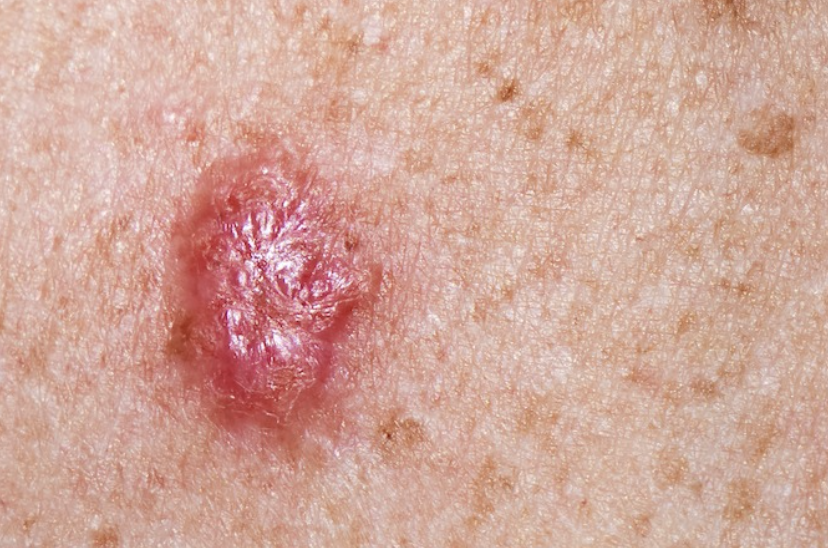BASAL CELL CARCINOMA – THE MOST COMMON TYPE OF SKIN CANCER
London Dermatology | 9 March 2025
The tiny, spherical cells in the epidermis, the outermost layer of skin, are where basal cell carcinoma (BCC), the most prevalent kind of skin cancer, develops. Areas of the body like the face, ears, neck, shoulders, and arms that are regularly exposed to the sun are common places for BCC to grow.
A flat, scaly, reddish patch of skin or a painless, flesh-colored or pearly skin lump could be the initial indication of basal cell carcinoma. Early discovery and treatment can result in the best possible outcome and quality of life, even though the cancer usually grows slowly and seldom spreads. Topical drugs, cryotherapy, surgery, and even radiation therapy are all possible forms of treatment.
It is impossible to ignore the fact that sunlight is a massive carcinogen and the primary risk factor for BCC development. Damage to the skin’s DNA from ultraviolet light can eventually lead to the development of skin cancer. The majority of other BCC risk factors, such as lifestyle, fair skin, advanced age, number of prior sunburns, etc., are related to sun exposure.
Childhood sun exposure has a more significant effect than adult exposure. Before the age of 15, people who have had a moderate sunburn are 30% more likely to get a BCC. People who had a serious sunburn as children once a year are 70% more likely to get one again.
The danger is larger for severe, intermittent sun exposure than for chronic, low-dose exposure. In contrast, squamous cell carcinomas are caused by cumulative, long-term solar exposure.

